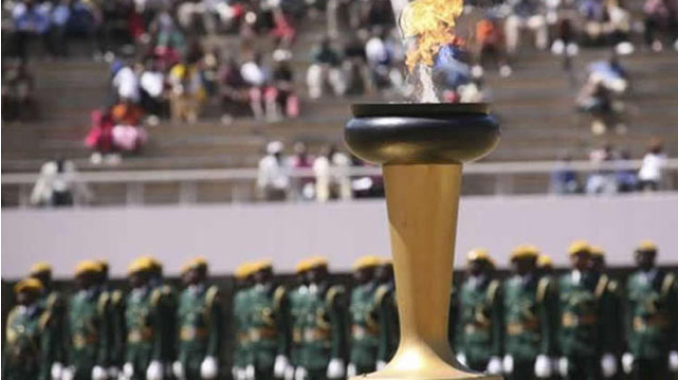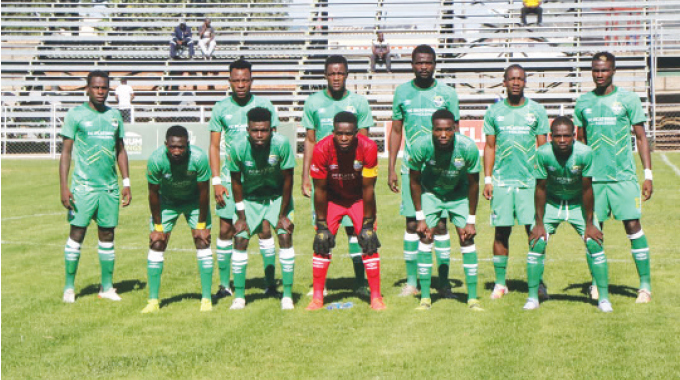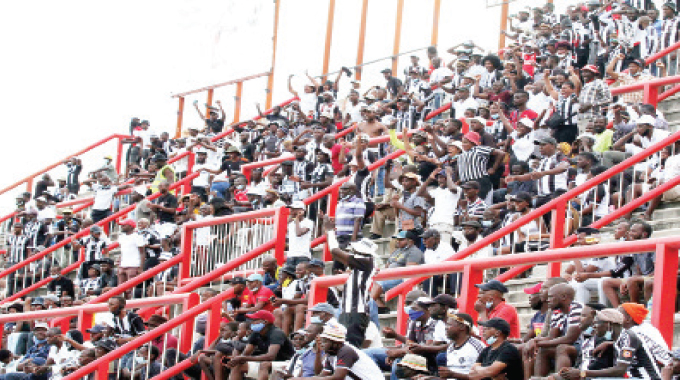Why every Zimbabwean should find time to visit ‘KuButcher’ in Rusape?

Ranga Mataire, Group Political Editor
BEFORE reaching Buhera, this year’s independence flame will pass through “KuButcher”, an infamous place located on the south-eastern fringes of Rusape, where majority blacks lost their lives in cold blood at the hands of heartless Rhodesian security officials.
This is a gory place that epitomises the brutal conduct of Rhodesian authorities as they attempted to suppress black people’s resolve to free themselves from racist colonial rule.
Every able Zimbabwean must surely find time to visit this place, which is a stone-throw away from the Harare-Mutare Highway in Rusape. One will definitely have a different perspective of colonial existence and why it is critical to always safeguard the country’s hard won independence.
The liberation war heritage site commonly referred to as “KuButcher” (slaughterhouse) in Rusape’s Makoni District in Manicaland Province, derives its name from the dastard atrocities committed by the Rhodesia forces against anyone accused even of the flimsiest crimes.
An eerie feeling impulsively engulfs one’s psyche upon arriving at this place, which the colonialists called Castle Camp, where thousands of black people met their fate at the hands of heartless bloodthirsty white Rhodesians who turned the place into a shooting practice site.

The remaining concrete slabs, scare-crew like small Blair toilets, huge concrete trenches and some scattered bullet shells bear testimony of undying spirits of those who perished at Butcher but who to this day have refused to be washed away by the vagaries of weather or sheer political amnesia.
Ten years ago, KuButcher’s mass graves were “discovered” and authenticated by the Fallen Heroes Trust of Zimbabwe and the Department of National Museums and Monument.
One of the few surviving war veterans with a deep knowledge of KuButcher is Cde Mavhura Marvel Bandera, a resident of Rusape.
Cde Bandera said the painful reality of today is that some of the Rhodesian collaborators who sold out fellow compatriots at KuButcher were still alive living in Vhengere township.
“KuButcher is where our District Heroes Acre is located. We did a lot in ensuring that the place is preserved during my time as the secretary general of war veterans in Makoni District. A lot still needs to be done to preserve this history for future generations,” Cde Bandera said.
He said the place was initially a shooting range for Rhodesian forces where military recruits honed their shooting skills. Instead of using a white paper or scarecrows, the instructors would on some occasions use human beings as effigy targets.
“There was a conveyor belt, which would push the dead bodies into a trench and later be buried in mass graves. Young recruits were being trained to be ruthless in their treatment of blacks. I shed tears each time I visit this place,” said Cde Bandera.
After being arrested and commandeered to the Butcher, the first stop was at a small rugged corrugated room that was used as a courtroom to “try” alleged offenders. There was no prosecutor or defence lawyer as the whole court-martial thing was conducted by three white officials. Most people were condemned to death.
In leg irons or sometimes hooded, the accused was forced to consent to the charges while heavy metal hooks hang above their heads, dissonantly signalling their inevitable demise. The gruelling court-martial experience was followed by hanging of the accused on a conveyor belt moving down and up providing a target for shooting practice.
“This was all done to harden the hearts of the young recruits. The idea was to instil intense hatred of blacks in the minds of the young and impressionable white recruits. They would grow up seeing every black person as nothing but a primate to be killed for pleasure,” recounted Cde Bandera.
After the shooting, it was the duty of other Africans to carry the bodies into what was called the “main hole”, a huge pit within which bodies piled up before being taken to several mass graves scattered around the shooting range.
Cde Bandera said the Castle Kopje was once a farm owned by a white man who donated it to Rhodesia authorities for military practices. Two elderly men of Malawian origin were the ones who alerted war veterans in Rusape of unusual sightings of women clutching babies on their backs writhing in pain during the night.
Besides the unusual sights, a housing scheme close to the heroes’ acre had to be stopped as residents recounted hearing voices of people complaining about the way their bodies were disposed of.
This later prompted war veterans and the Fallen Heroes Trust of Zimbabwe to conduct some rituals in the identification, exhumation and proper burial of departed comrades. At least 159 comrades were exhumed and given proper burials.
Cde Bandera said it is believed that close to 20 000 people were killed at KuButcher. A much larger mass grave believed to have remains of over 15 000 could not be exhumed because of lack of resources.
“We all agreed that this huge mass grave be rehabilitated and fenced in order to give it a decent look.”
Residents living close to the heroes’ acre said since the rehabilitation of the place, the unusual sightings have since stopped.
While Rhodesians would want black people to forget about the grievous crimes committed by colonial authorities, the majority of Africans who bore the scars of such despicable acts, view that history as evidence of the horrendous existence they endured and conquered. KuButcher is a permanent scar on the conscience of Zimbabwe, a stark reminder of an arduous journey travelled on the way to freedom.








Comments